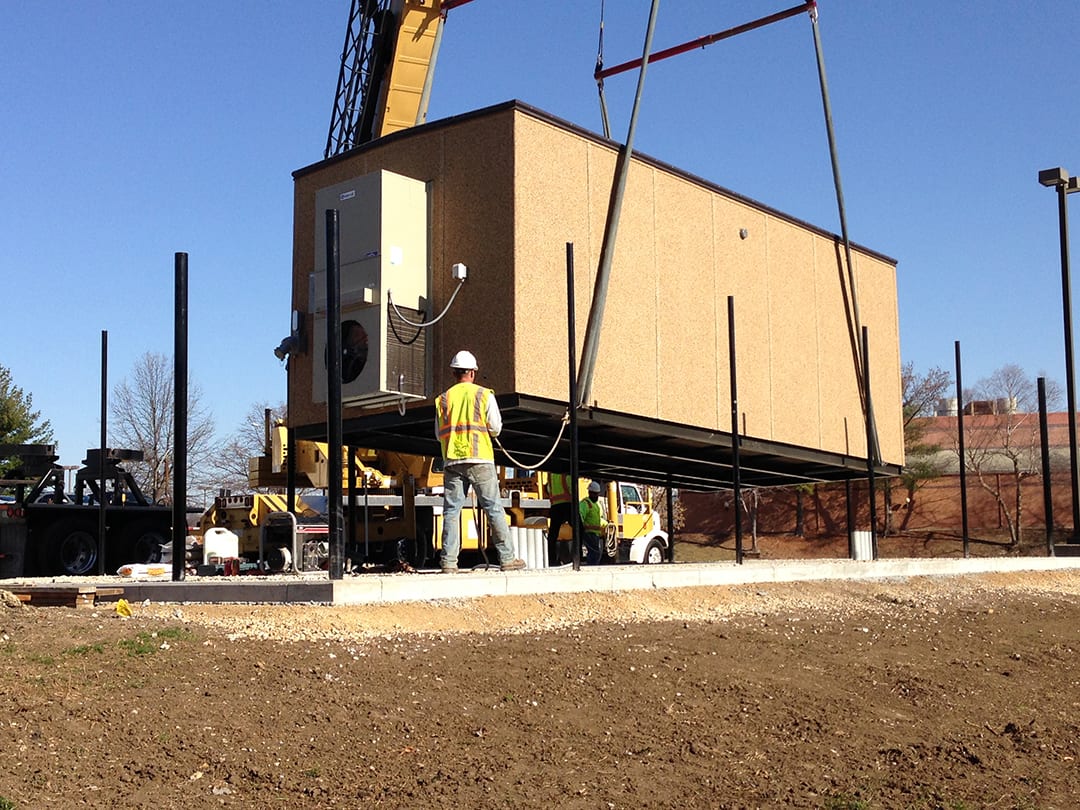Fiber Huts: Providing High-Speed Internet Across the Country

In the past decade, Fiber-to-the-Home (FTTH) has become essential to most everyday tasks. FTTH ensures communities receive the necessary bandwidth to go about life without interruption. It is being integrated around the United States, and more and more people are becoming increasingly reliant on fiber internet for work, school, and entertainment purposes. A crucial element of the networks driving this innovation has been fiber huts.
If you were to look around your community, you would likely see one of these structures. To understand their purpose, a refresher on FTTH might be helpful. Ultimately, FTTH is the installation and use of optical fiber from a central point, connected to the internet, directly to individual buildings such as residences, apartments, and businesses to provide them with high-speed internet. Along the path from the internet connection point to the termination point, various equipment is required to manage the optical signals. In larger networks, fiber hut is the primary location for this equipment. Fiber huts act as the main switchboards for the network. Inside of them, fiber cables are connected to equipment that receives, amplifies, splits, and transmits signals between your computer and the internet. Fiber huts can be configured and sized for the requirements of each individual network and in larger networks can serve up to 20,000 homes.
The Kansas City Metro has somewhat been on the forefront of a lot of FTTH and fiber hut expansion. Kansas City, Kansas was selected as the first Google Fiber community in 2011. Kansas City, Missouri was included shortly after, thus offering the service to both sides of the state line. Fifteen more cities in the area followed this trend in the years to come. This has put Kansas City in the unique position to become one of the leading Smart cities in the United States. BHC has been involved in the design of 30 fiber huts connected to the Google Fiber network in the Kansas City Metro.
BHC offers many services to get these huts up and running. In recent years, our customers have repeatedly trusted us with their fiber hut projects, so we have become experts on the topic. The different services we offer basically boil down to the following:
- Site Selection – helping the client choose a site that will work from an engineering and permitting standpoint. We evaluate design related items such as topography, drainage, utilities, access, constructability, and network constraints as well as jurisdictional requirements such as setbacks, screening, landscaping, and zoning.
- Site Acquisition – assisting the client with landowner negotiation and land value pricing.
- Site Design – includes a full set of stamped construction drawings that meet the local requirements of the jurisdiction we are working in.
- Site Permitting – providing due diligence to obtain any permits necessary to construct a site within the required jurisdiction. This includes required submittal drawings and attending council meetings and hearings. Almost all huts require a conditional-use permit and building permit but there are also land disturbance, right-of-way, environmental, utility, and general construction permits.
- Site Surveying – topographic surveys are conducted for huts. Survey crews will get boundaries, utility easements, and utilities that are on the site of the huts. Then, they will deliver a file of their findings to the site team.
The Kansas City Metro might be BHC’s home, but it is not the only place that we have designed fiber huts. BHC has designed over 100 hut sites all over across the United States from California to Utah to Texas to Virginia and many more states. Our work stretches from coast to coast, and we will soon be delivering our fiber hut services to additional places around the country.
The engineers at BHC are passionate about the work being done. Robert Vaccaro, an engineer at BHC and a tech fanatic, finds the work rewarding. More than anyone else in the company, he is involved in the design and execution of these fiber huts, so he knows what he’s talking about when he says they’re important. When asked about the huts, he said, “I understand the need to get that speed boost with the internet. The internet is so integrated into our daily lives that when it is slow, it can feel like life has slowed. These huts allow us to provide communities with the high-speed internet people need, and I like playing a role in giving that to people in the community.”
The disparity between communities that have access to affordable high-speed internet has been a social issue for some time now. Many of you might be aware of the digital divide. It refers to the growing gap between those in society with capable internet resources and those without computers or reliable internet. The digital divide tends to affect those in low-income communities and rural areas. When homes and businesses aren’t properly connected, they’re not part of the digital economy, and divisions of wealth and education grow large. We’ve seen great strides in combatting the divide in the Kansas City Metro. When Google Fiber began its expansion in the area, one of its goals was to assist in closing the digital divide. Since Kansas City, Kansas was originally selected to be a Google Fiber community, over 200 schools, community centers, libraries, and other agencies in the area have gained access to high-speed internet. Many of the huts BHC has designed have been in rural areas. Now, they have the fiber capabilities to keep them from falling behind. We’re proud to do our part in closing the digital divide.
Fiber internet has led to a lot of new opportunities in communities across the country. In the Kansas City Metro, the esports presence has continued to grow. Just recently, Generation Esports, a global community focused esports organization and tournament platform, was able to secure an additional $19 million in financing. Ten years ago, this kind of expansion in an internet-based game community would not have been possible. Due to the Kansas City Metro’s growth in fiberoptic internet, future focused businesses are moving to the area and fiber huts play a key role in that.
BHC takes pride in providing services that will bring the future to the Kansas City Metro and communities across the country. We will continue to help communities thrive and make new opportunities possible with the full range of fiber optic design services we offer including those related to fiber huts.
For 30 years, BHC has worked to connect communities with fiber optic cables to facilitate faster and more reliable communications. The design of FTTH networks to enable high-speed broadband connections is just one of the services offered by BHC. Contact Matt Brungardt for more information on the entire range of BHC’s fiber design services.
